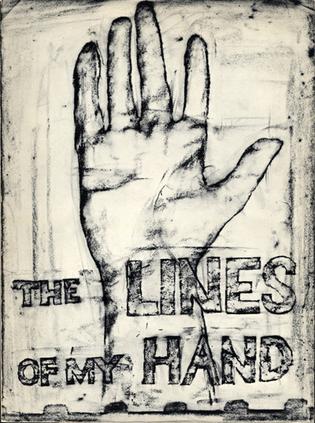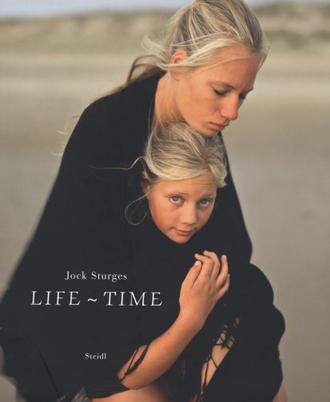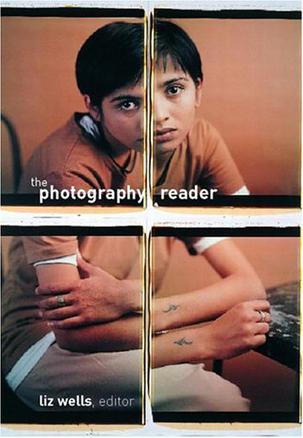-

The Lines of My Hand
-

Life Time
Callout: My hope is that my work is in some way counter-pinup. A pinup asks you to suspend interest in who the person is and occupy yourself entirely with looking at the body, fantasizing about what you could do with that body, completely ignoring how the person might feel about it. People who make pinup photographs don't care who the woman is, what tragedies or triumphs that person's life might encompass. My work hopefully works exactly counter to that. My ambition is that you look at the pictures and realize what complex, fascinating, interesting people every single one of my subjects is. --Jock Sturges, the Boston Phoenix Long known for his radiant black-and-white naturist portraiture, Jock Sturges has also been quietly working in color for more than two decades. Life Time presents a broad range of this color work for the first time and carries forward Sturges' extended portraits of families in Northern California counter-culture communities and on French naturist beaches. Working with the same models and their families in his long-term studies of growth, change and relationship, his large format images borrow significantly from classical periods in both photography and nineteenth and early twentieth century painting. The large color plates in Life Time represent almost perfect one to one translations of the original transparencies and are rich with detail and physical and psychological nuance. Sturges describes his work as "identity driven" because his portraits represent collaborations that stretch over entire lifetimes. The confident ease with which all of his subjects present themselves to his camera evidences a rare level of trust and friendship. -

The Photography Reader
The Photography Reader is a comprehensive introduction to theories of photography; its production; and its uses and effects. Including articles by photographers from Edward Weston to Jo Spence, as well as key thinkers like Roland Barthes, Victor Burgin and Susan Sontag, the essays trace the development of ideas about photography. Each themed section features an editor's introduction setting ideas and debates in their historical and theoretical context. Sections include: Reflections on Photography; Photographic Seeing; Coding and Rhetoric; Photography and the Postmodern; Photo-digital; Documentary and Photojournalism; The Photographic Gaze; Image and Identity; Institutions and Contexts. -

Uta Barth
-

Photography
Photographs are an integral part of our daily lives from sensationalist images in tabloid papers and snapshots, to art photography displayed in galleries and sold through international art markets. In this thought-provoking exploration of the subject, Edwards combines a sense of the historical development of photography with an analysis of its purpose and meaning within a wider cultural context. He interrogates the way we look and think about photographs, and considers such issues as truth and recording, objectivity and fine art, identity and memory. -

Lachapelle Heaven to Hell (Photo Books)
The third installment of LaChapelle's trilogy LaChapelle Heaven to Hell is the long-awaited third volume in an exhilarating trilogy that began with LaChapelle Land (1996) and continued with the infamous Hotel LaChapelle (1999). Packed with astonishing, color-saturated, and provocative images, those titles both became instant collector's items and have since gone through multiple printings. Featuring almost twice as many images as its predecessors, LaChapelle Heaven to Hell is an explosive compilation of new work by the visionary photographer. Since the publication of Hotel LaChapelle, the strength of LaChapelle's work lies in its ability to focus the lens of celebrity and fashion toward more pressing issues of societal concern. LaChapelle's images—of the most famous faces on the planet, and marginalized figures like transsexual Amanda Lepore or the cast of his critically acclaimed social documentary Rize—call into question our relationship with gender, glamour, and status. Using his trademark baroque excess, LaChapelle inverts the consumption he appears to celebrate, pointing instead to apocalyptic consequences for humanity itself. While referencing and acknowledging diverse sources such as Renaissance, art history, cinema, The Bible, pornography, and the new globalized pop culture, LaChapelle has fashioned a deeply personal and epoch-defining visual language that holds up a mirror to our times.